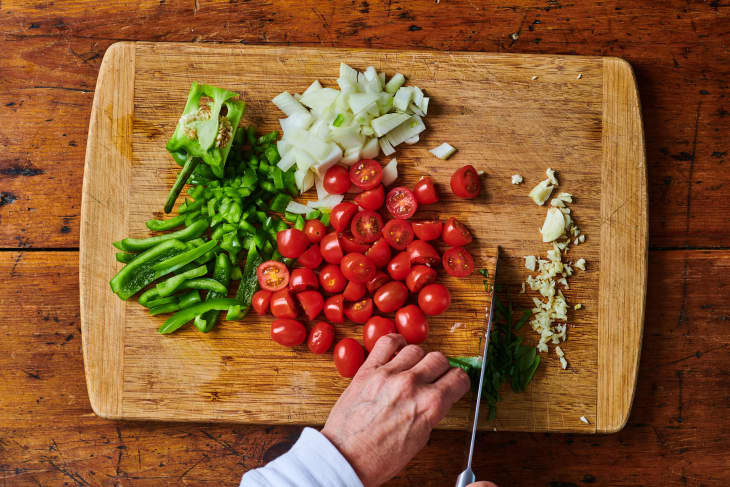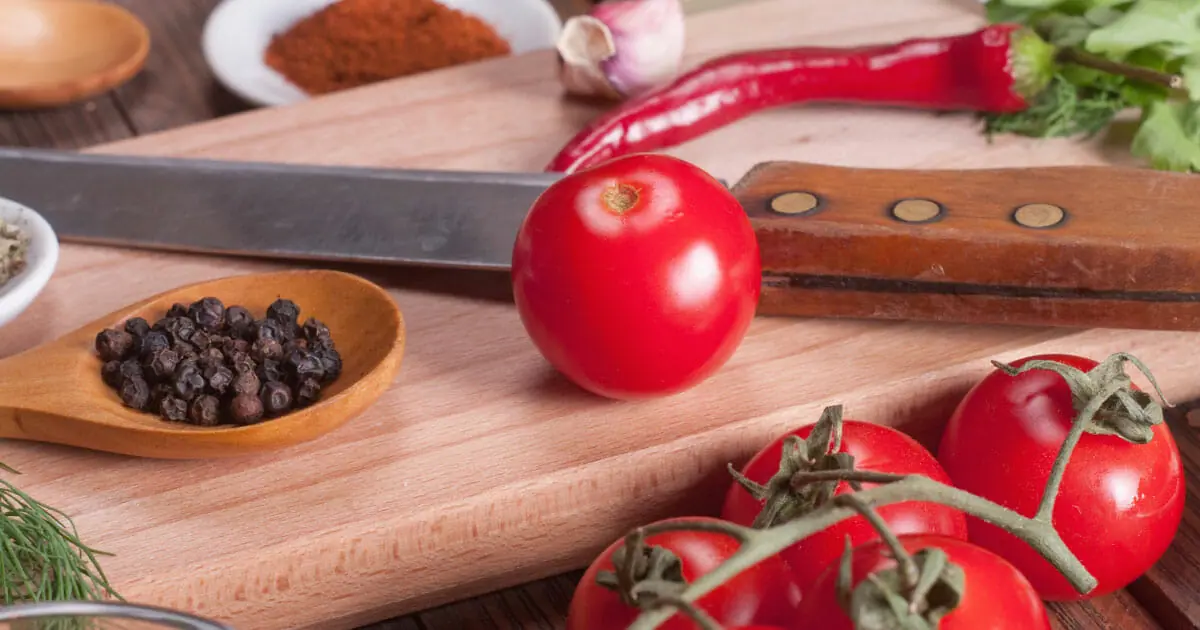Sanitizing a wood cutting board is essential for maintaining kitchen hygiene and ensuring food safety. This guide will walk you through everything you need to know about properly cleaning and sanitizing your wood cutting board to keep it in pristine condition.

Why Sanitizing Wood Cutting Boards Is Important
Wood cutting boards, unlike their plastic counterparts, have natural antibacterial properties. However, these boards can still harbor harmful bacteria if not cleaned properly. Regular sanitization eliminates bacteria and other pathogens that could lead to foodborne illnesses.
How Bacteria Thrive on Wood Surfaces
Wood is a porous material, which means it can trap and hold onto food residues and moisture. Over time, these conditions can facilitate the growth of bacteria. Its crucial to have a thorough cleaning regimen to prevent bacterial contamination.

Initial Cleaning: Removing Food Debris
Before diving into sanitization, its essential to remove any visible food debris from the board.
Step-by-Step Guide to Initial Cleaning
- Scrape off any food particles using a spatula or a brush.
- Rinse the board under hot running water.
- Use a mild dish soap and a sponge or brush to scrub the surface.
- Rinse thoroughly and pat dry with a clean towel.

Natural Cleaning Solutions
Natural cleaning solutions can be very effective and are often the preferred choice for wood cutting boards.
Using Vinegar Solution
Vinegar is a natural disinfectant. To clean with vinegar:
- Mix equal parts of white vinegar and water.
- Apply the solution generously to the cutting board.
- Let it sit for 10 minutes, then rinse with hot water.
Lemon and Salt Scrub
Lemons have natural acidic properties that help in breaking down contaminants. Here’s how to use them:
- Sprinkle coarse salt over the board.
- Cut a lemon in half and use it to scrub the board, squeezing juice as you scrub.
- Let it sit for 5 minutes, then rinse well with hot water.
Chemical Cleaning Solutions
For a more robust cleaning, chemical solutions can be employed but should be used with caution.
Using Hydrogen Peroxide
Hydrogen peroxide is effective for disinfecting wood cutting boards:
- Pour 3% hydrogen peroxide over the board.
- Wait for a few minutes as it bubbles, then rinse thoroughly.
Bleaching Method
While effective, this method should be used sparingly:
- Mix one tablespoon of unscented bleach with one gallon of water.
- Apply the solution and let it sit for 2-3 minutes.
- Rinse thoroughly with hot water.
Routine Maintenance for Your Wood Cutting Board
Routine maintenance will prolong the life of your cutting board and maintain its cleanliness.
Regular Oiling
Oiling the board helps to maintain its moisture balance and prevent cracking:
- Use food-grade mineral oil.
- Apply a generous amount and let it soak overnight.
- Wipe off any excess oil with a clean cloth.
Deep Cleaning Every Few Months
Periodically, a deep clean is needed to keep the board in its best shape:
- Perform the natural or chemical cleaning steps outlined above.
- Allow the board to air-dry completely before storing.
Precautionary Tips
Some tips to keep in mind:
- Avoid dishwashers; always hand-wash your wood cutting board.
- Do not leave your board soaking in water for extended periods.
- Replace the board if deep cuts develop, as these are difficult to clean properly.
FAQs
How often should I sanitize my wood cutting board?
It’s best to sanitize after each use, especially when chopping raw meat.
Can I use dish soap on my wood cutting board?
Yes, mild dish soap is safe and effective for daily cleaning.
Is it safe to use bleach on my wood cutting board?
Yes, but use it sparingly and ensure thorough rinsing afterward.
For more detailed instructions, you can refer to this guide.
You might also find these guides useful: Chicken shish kabobs, Country style pork ribs, Cooking pernil.
As an Amazon Associate, I earn from qualifying purchases.


